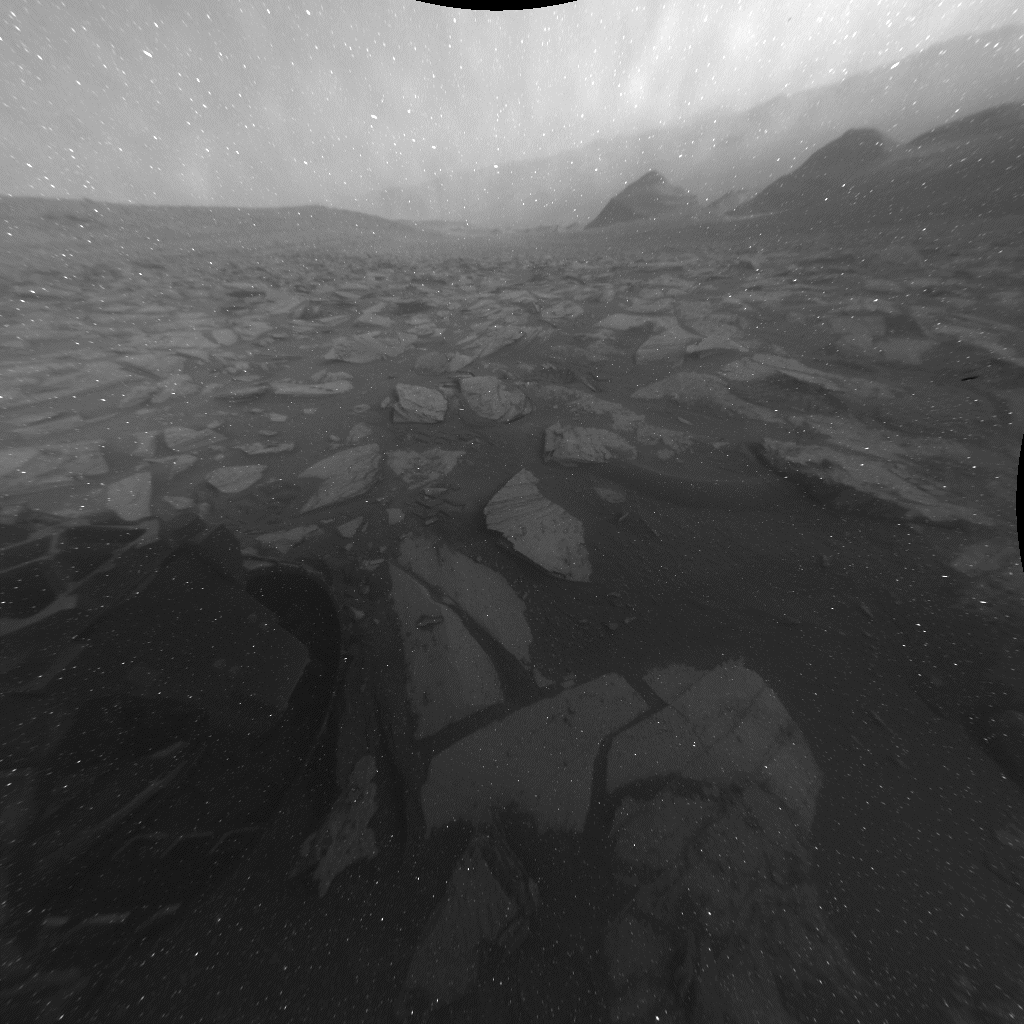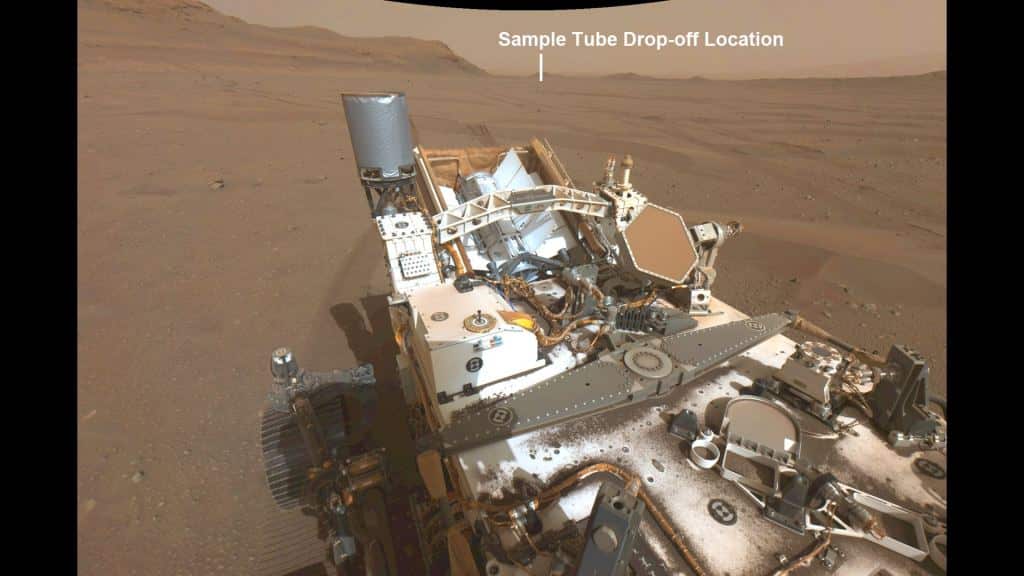Curiosity's rear Hazcam recorded the shadow of the rover's rear in a 12-hour continuous view from sunrise to sunset toward the Gale Basin floor

On November 8, 2023, NASA's Curiosity rover stopped for a moment its endless science work and simply observed the landscape for a full day from sunrise to sunset. The rover used hazard avoidance cameras known for short as Hazcams, black-and-white cameras, to watch an entire 12-hour day on Mars as the moving sun casts shadows on the reddish landscape.
NASA chose this day because of the opposition of the orbits of Mars and Earth, when the Sun interferes with communication with the red planet when it is between Earth and Mars, which means that the rover will not risk the trip. The timelapse video consists of 25 frames from both front and rear Hazcam cameras.
When the rover stays in one place, it acts roughly like a sundial, NASA says. You can see in the video below, published by X, how the sun moves and the shadows move on top of Curiosity and the surrounding landscapes. This is the first time the Hazcams have been used to record 12 hours of daylight images on Mars.
The rover team on Earth sent the instructions to record the timelapse videos shortly before the start of solar contrast on Mars because during this time, the Sun's plasma interferes with communication between Earth and Mars. While the rover is not completely out of communication, no complex instructions are sent during many weeks of potential radio interference.
The Hazcams are usually used to detect rocks, slopes and other hazards that could be dangerous to the rover during its journey. Since the Curiosity rover hasn't done any travel or other science, the team hoped that by using Haxcams to record a day on Mars, they hoped to capture clouds or sandstorms that could reveal more about the Martian weather. However, it was a day with relatively mild weather on Mars, so unusual weather events do not appear in the video.
Hazcams have an automatic exposure algorithm that allows it to handle different amounts of daylight at different parts of the day. For example, in the middle of the day, the algorithm runs exposure times of about a third of a second. As night falls, the exposure time increases to more than a minute. This causes a typical noise known as "hot pixels" that appears as white snow on the final image.
The video posted on X shows the first part of the day, with images from the front Hazcam. The lookout looks southeast along Gediz Vallis, a valley located on Mount Sharp. Curiosity has been climbing the base of the mountain at a height of 5 km since 2014.

As the sun rises, the shadow of Curiosity's 2-meter-long robotic arm moves to the left, and Curiosity's front wheels are revealed from the sides of the screen. On the left you can also see a round calibration target mounted on the shoulder of the robotic arm. Engineers use the target to test the accuracy of an alpha and X-ray analyzer, a device that detects chemical elements on the surface of Mars.
The second video, which is our top GIF, shows the view from the rear Hazcam looking northwest down the slopes of Mount Sharp toward the Gale Basin floor. Curiosity's right rear wheel is visible, along with the shadow of Curiosity's power system. NASA explained that a small black spot that appears on the left in the middle of the video, during the 17th frame, was caused by a cosmic ray that hit the camera sensor. Similarly, the bright flashes and other noises at the end of the video are due to the heat of the spacecraft's power system affecting the Hazcam's image sensor.
How well does the 12 year old camera work? NASA said the speckled appearance of the images, which is particularly noticeable in the rear camera video, is due to 11 years of Martian dust accumulating on the lenses. You can see in the picture above how dust accumulates on many parts of the rover.
The Curiosity mission was launched from Earth on November 26, 2011 and landed on August 4, 2012.
More of the topic in Hayadan:
